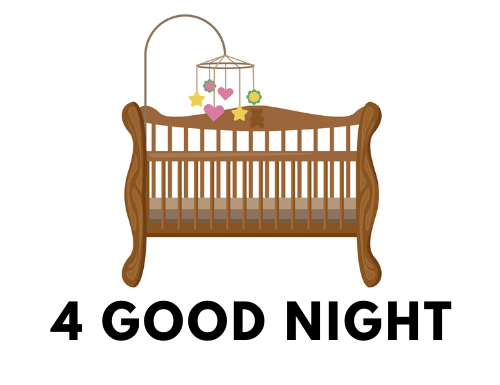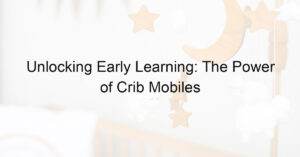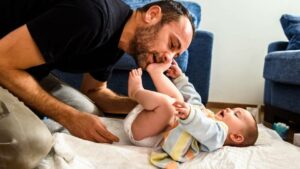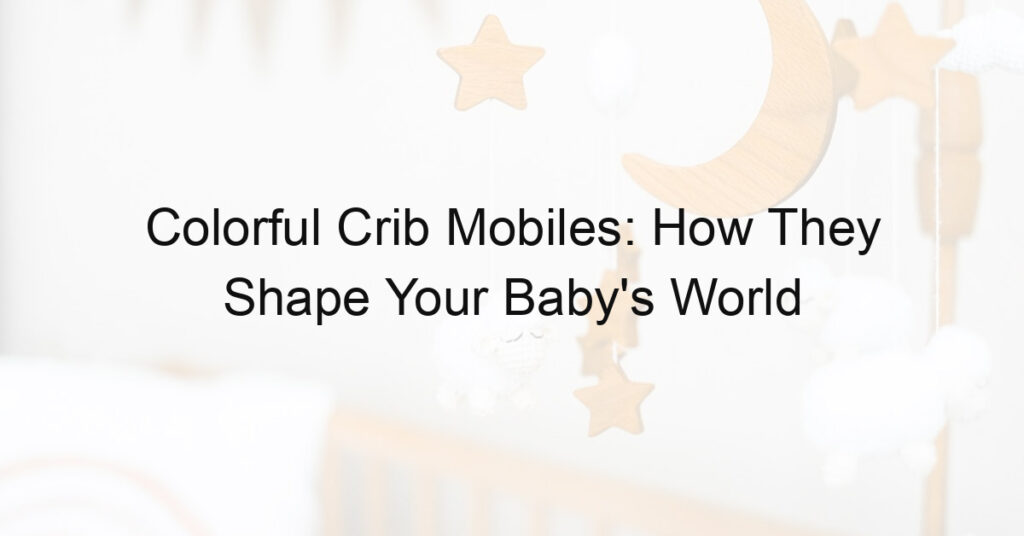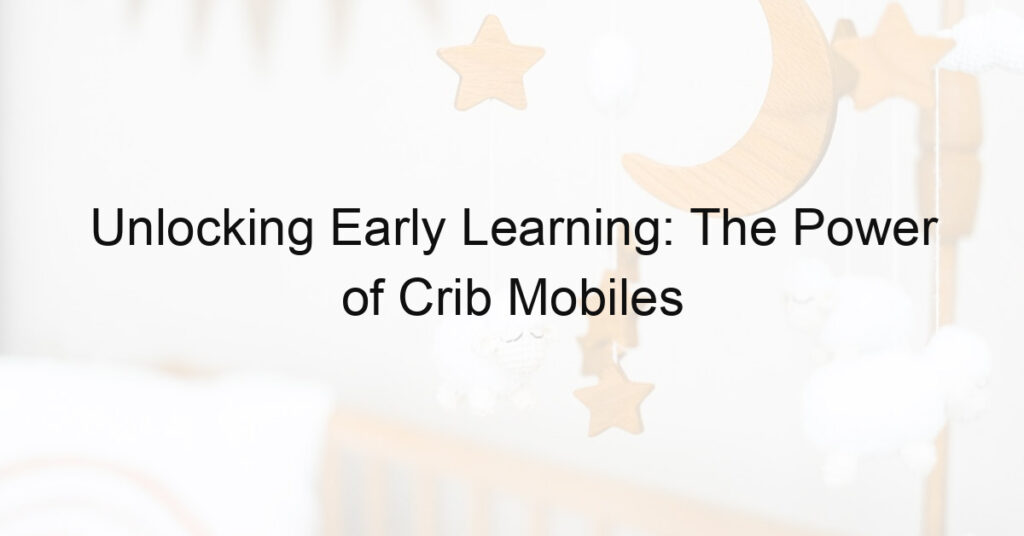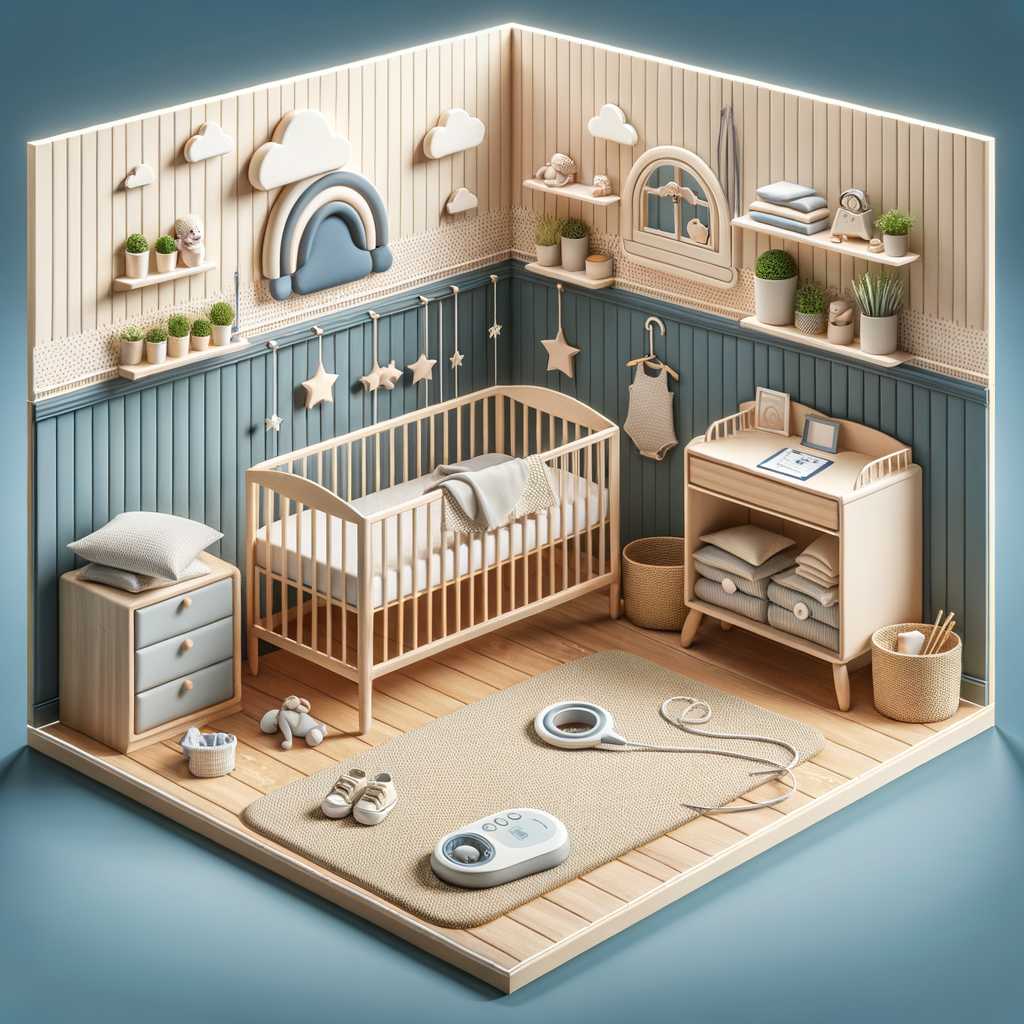
Introduction to Newborn Sleep Safety
When it comes to caring for a newborn, sleep safety is of utmost importance. It’s not just about ensuring your baby gets enough sleep, but also about making sure they are sleeping in a safe environment. This article will shed light on the importance of safe sleep practices for newborns and dispel some common misconceptions about newborn sleep safety.
- Importance of Safe Sleep Practices for Newborns
- Common Misconceptions about Newborn Sleep Safety
Safe sleep practices are crucial for the well-being of your newborn. According to the American Academy of Pediatrics, approximately 3,500 infants die annually in the United States from sleep-related deaths. These deaths can be prevented by following safe sleep guidelines. For instance, placing your baby on their back to sleep, using a firm sleep surface, keeping soft objects and loose bedding out of the baby’s sleep area, and sharing a room with the baby can significantly reduce the risk of sleep-related deaths.
Despite the clear guidelines, there are still many misconceptions about newborn sleep safety. One common misconception is that babies can’t choke when sleeping on their back. This is not true. Babies have airway anatomy and mechanisms that prevent choking while on their back. Another misconception is that co-sleeping is safe. While room-sharing is recommended, bed-sharing is not as it increases the risk of sudden infant death syndrome (SIDS) and other sleep-related deaths.
Understanding the importance of safe sleep practices and debunking common misconceptions about newborn sleep safety can help parents create a safe sleep environment for their newborns. Remember, every sleep counts when it comes to the safety of your little one.
Setting Up Baby’s Nursery
One of the most exciting tasks for expectant parents is setting up the baby’s nursery. This room will be a special place where your baby will sleep, play, and grow. Therefore, it’s essential to choose the right location for the nursery and set it up correctly.
Choosing the Right Location
Choosing the right location for your baby’s nursery is crucial. It can significantly impact your baby’s sleep quality and safety. Here are some factors to consider:
- Proximity to your bedroom: The nursery should be close to your bedroom. This makes it easier for you to attend to your baby during the night.
- Noise levels: The nursery should be in a quiet part of the house to ensure your baby can sleep without disturbances.
- Temperature control: The room should have good ventilation and heating to maintain a comfortable temperature.
- Safety: The nursery should be away from hazards like stairs, windows, or heavy furniture that could pose a risk.
Now, let’s look at some examples of ideal and non-ideal locations for a nursery.
| Ideal Locations | Non-Ideal Locations |
|---|---|
| A quiet room close to your bedroom | A room next to a busy street or noisy area |
| A room with good temperature control | A room that gets too hot or too cold |
| A room away from potential hazards | A room near stairs or windows |
Remember, the most important thing is your baby’s safety and comfort. So, take your time to choose the best location for your baby’s nursery. It’s an important step in preparing for your little one’s arrival.
Designing a Safe Baby Sleep Environment
Creating a safe and comfortable environment for your baby to sleep in is crucial. This involves careful selection of furniture, setting up the crib correctly, and maintaining an optimal room temperature. Let’s delve into each of these aspects.
- Choosing Safe Furniture
When it comes to selecting furniture for your baby’s nursery, safety should be your top priority. Opt for furniture with rounded edges to prevent injuries. Also, ensure that the furniture is sturdy and won’t easily tip over. It’s recommended to secure heavy furniture to the wall for added safety. Avoid furniture with small parts that could pose a choking hazard.
- Setting up the Crib
Setting up the crib correctly is crucial for your baby’s safety. The crib should have a firm mattress that fits snugly within the crib frame. This prevents gaps where a baby could potentially get stuck. The crib slats should be no more than 2 3/8 inches apart to prevent the baby’s head from slipping through. Avoid placing pillows, blankets, or stuffed animals in the crib as they can pose a suffocation risk.
- Optimal Room Temperature for Baby’s Sleep
Keeping the nursery at the right temperature can help your baby sleep comfortably and safely. The American Academy of Pediatrics recommends a room temperature between 68-72 degrees Fahrenheit (20-22 degrees Celsius) for optimal baby sleep. This temperature range reduces the risk of overheating, which can lead to Sudden Infant Death Syndrome (SIDS).
| Key Takeaways |
|---|
| Choose safe, sturdy furniture with rounded edges and no small parts. |
| Set up the crib correctly with a firm mattress and no loose bedding or toys. |
| Maintain a room temperature between 68-72 degrees Fahrenheit for baby’s sleep. |
Newborn Sleep Setup
Ensuring a safe sleep setup for your newborn is crucial. This involves creating a secure sleep space, choosing the right bedding, and understanding the importance of a firm sleep surface. Let’s delve into these aspects.
Creating Safe Sleep Space for Baby
Creating a safe sleep space for your baby is not as complicated as it might seem. It involves three key elements:
- Safe Bedding Options: When it comes to bedding, less is more. A fitted sheet over a firm mattress is all your baby needs. Avoid pillows, blankets, and stuffed animals as they can pose a suffocation risk.
- Importance of a Firm Sleep Surface: A firm sleep surface is essential for your baby’s safety. Soft surfaces can conform to your baby’s face and create a risk of suffocation. Always choose a mattress designed for infants, which should be firm and fit snugly within the crib.
- Proper Positioning of the Baby: Always place your baby on their back to sleep. This position reduces the risk of Sudden Infant Death Syndrome (SIDS). Make sure your baby’s head and face are uncovered during sleep to ensure good ventilation.
Remember, the safety of your newborn’s sleep setup is paramount. By following these guidelines, you can create a safe and comfortable environment for your baby to sleep and grow.
Eliminating Sleep Hazards
When it comes to newborn sleep safety, it’s crucial to eliminate potential hazards in the baby’s sleep environment. Here are some key steps you can take:
- Keeping the crib free of toys and blankets
- Avoiding the use of sleep positioners
- Importance of a smoke-free environment
While it might seem like a good idea to fill the crib with soft toys and cozy blankets, this can actually pose a risk to your baby’s safety. Toys and blankets can potentially cover the baby’s face, making it hard for them to breathe. According to the American Academy of Pediatrics, the safest sleep environment for a baby is a bare crib with a firm mattress and a fitted sheet. No toys, pillows, or blankets should be in the crib while your baby is sleeping.
Sleep positioners, such as wedges or bolsters, are often marketed as products that can help keep a baby in a specific position while sleeping. However, the Food and Drug Administration (FDA) warns against their use. These products can cause suffocation if the baby rolls onto their stomach and can’t move away from the positioner. It’s best to let your baby sleep on their back, without any positioners.
Secondhand smoke is harmful to everyone, but it’s especially dangerous for babies. It can increase the risk of sudden infant death syndrome (SIDS), as well as cause other health problems like respiratory infections. Make sure your baby’s sleep environment is completely smoke-free. This means no smoking in the house, and especially not in the baby’s room.
By following these guidelines, you can help ensure your baby’s sleep environment is as safe as possible. Remember, the goal is to create a sleep space that is free of potential hazards and conducive to healthy, restful sleep for your baby.
Baby Sleep Safety Tips
Ensuring the safety of your baby during sleep is paramount. Here are some tips to promote safe sleep practices.
Promoting Safe Sleep Practices
Safe sleep practices can significantly reduce the risk of sudden infant death syndrome (SIDS) and other sleep-related infant deaths. Here are some key practices to follow:
- Importance of putting baby to sleep on their back: According to the American Academy of Pediatrics, babies should always be put to sleep on their backs. This position reduces the risk of SIDS by as much as 50%. It’s important to maintain this sleep position until your baby can roll over on their own.
- Establishing a consistent sleep routine: A regular sleep routine can help your baby understand when it’s time to sleep. This routine might include activities like a warm bath, reading a book, or singing a lullaby. Consistency is key. The more consistent the routine, the more likely your baby will associate these activities with sleep.
- Significance of regular check-ins: Regular check-ins during your baby’s sleep time are essential. They allow you to ensure that your baby is sleeping safely and comfortably. Remember, it’s normal for babies to wake up during the night. However, if your baby is having trouble getting back to sleep, it might be time to check in.
By following these safe sleep practices, you can ensure that your baby gets the rest they need in the safest way possible.
Understanding SIDS and How to Prevent It
- What is SIDS?
Sudden Infant Death Syndrome (SIDS) is a term used to describe the sudden and unexplained death of a baby who is less than a year old. It’s also known as “crib death” because infants often die in their cribs. Although the exact cause of SIDS is unknown, it’s believed to be associated with defects in the portion of an infant’s brain that controls breathing and arousal from sleep.
- Risk factors for SIDS
Several factors can increase a baby’s risk of dying from SIDS. These include:
- Age: Infants are most vulnerable during the second and third months of life.
- Sex: Boys are slightly more likely to die of SIDS.
- Family history: Babies who’ve had siblings or cousins die of SIDS are at higher risk.
- Secondhand smoke: Babies who live with smokers have a higher risk of SIDS.
- Being premature: Both being born early and having a low birth weight increase your baby’s chances of SIDS.
- Steps to reduce the risk of SIDS
While SIDS can’t be completely prevented, there are steps you can take to reduce your baby’s risk. These include:
- Back to sleep: Place your baby to sleep on his or her back, rather than on the stomach or side.
- Keep the crib as bare as possible: Use a firm mattress and avoid placing anything in the crib with your baby.
- Avoid overheating: Don’t overbundle your baby. Keep the room at a comfortable temperature for an adult.
- Regular check-ups: Regular prenatal care and regular check-ups after birth can help ensure your baby’s health and safety.
Baby Room Safety
When it comes to your baby’s room, safety should be your top priority. From the furniture to the decorations, everything should be secured and safe for your little one. Here are some tips on how to ensure safety in your baby’s room.
Securing Furniture and Decorations
One of the key aspects of baby room safety is making sure that all furniture and decorations are secure. This is important to prevent accidents that could potentially harm your baby. Let’s look at some ways to achieve this.
- Ensuring furniture stability
- Safely securing wall decorations
- Choosing safe toys and accessories
Ensure that all furniture in the baby’s room is stable and sturdy. This includes the crib, changing table, and any shelves or dressers. Use furniture straps or brackets to secure heavy furniture to the wall. This will prevent them from tipping over if your baby tries to climb on them. According to a study by the Consumer Product Safety Commission, furniture tip-overs are one of the top hidden hazards in the home, causing thousands of injuries each year.
When it comes to wall decorations, make sure they are securely fastened to the wall and out of your baby’s reach. Avoid hanging heavy objects above the crib or changing table. Instead, opt for lightweight, unbreakable items. Remember, even small decorations can be a choking hazard if they fall into the crib.
Choose toys and accessories that are safe for your baby. Avoid items with small parts that could be a choking hazard. Also, make sure that toys are free of sharp edges or points. According to the American Academy of Pediatrics, choking on toys, balloons, and other objects is a leading cause of injury and death in children, especially those aged under three.
By following these tips, you can create a safe and secure environment for your baby. Remember, safety should always be your first concern when setting up your baby’s room.
Electrical and Fire Safety
When setting up your baby’s nursery, it’s crucial to consider both electrical and fire safety. These are important aspects that can protect your child from potential hazards. Let’s delve into these safety measures.
- Safe use of electrical outlets and cords
Electrical outlets and cords can pose a risk if not used safely. It’s essential to keep cords out of your baby’s reach and cover all unused outlets. This can prevent your child from getting an electric shock. According to the U.S. Consumer Product Safety Commission, approximately 2,400 children suffer severe shock and burns each year from sticking items into the slots of electrical receptacles.
- Fire safety measures
Fire safety is another critical aspect. Make sure to install a fire extinguisher in or near the nursery. Also, keep all flammable materials away from heat sources. According to the National Fire Protection Association, heating equipment is the leading cause of home fire deaths. Therefore, it’s crucial to keep your baby’s room safe from potential fire hazards.
- Importance of smoke and carbon monoxide detectors
Smoke and carbon monoxide detectors are lifesavers. They alert you in case of a fire or carbon monoxide leak. It’s recommended to install these detectors in every level of your home, including the nursery. According to the Centers for Disease Control and Prevention, more than 400 Americans die from unintentional carbon monoxide poisoning every year. Therefore, having a detector can be a life-saving decision.
In conclusion, electrical and fire safety are paramount when setting up your baby’s nursery. By following these safety measures, you can ensure a safe and secure environment for your little one.
Conclusion: Newborn Safe Sleep Practices
In this article, we’ve explored the essential aspects of newborn safe sleep practices. As we conclude, it’s important to revisit the key points and emphasize the importance of consistency in these practices.
- Recap of key points:
- Importance of consistency in safe sleep practices:
Firstly, we discussed the importance of setting up the baby’s nursery with safety in mind. This involves choosing a firm mattress, keeping the crib free of toys and blankets, and maintaining a comfortable room temperature.
Secondly, we delved into the specifics of a newborn sleep setup, highlighting the importance of placing the baby on their back to sleep and avoiding co-sleeping.
Thirdly, we shared some crucial baby sleep safety tips, such as monitoring the baby while they sleep, using a baby monitor, and ensuring the baby’s sleep area is smoke-free.
Lastly, we talked about baby room safety, emphasizing the need to keep the room free of hazards, such as cords, blinds, and heavy objects that could potentially fall on the baby.
Consistency in safe sleep practices is vital for the wellbeing of your newborn. It’s not enough to implement these practices occasionally; they need to be a part of your daily routine. Consistent safe sleep practices help reduce the risk of Sudden Infant Death Syndrome (SIDS) and other sleep-related infant deaths.
Remember, every sleep counts. Whether it’s nap time or bedtime, these safety measures should always be in place. By being consistent, you’re providing a safe and secure environment for your baby to grow and thrive.
In conclusion, newborn safe sleep practices are not just recommendations; they are necessary measures to ensure your baby’s safety and wellbeing. By adhering to these practices consistently, you’re setting the stage for a healthy and safe infancy for your little one.
